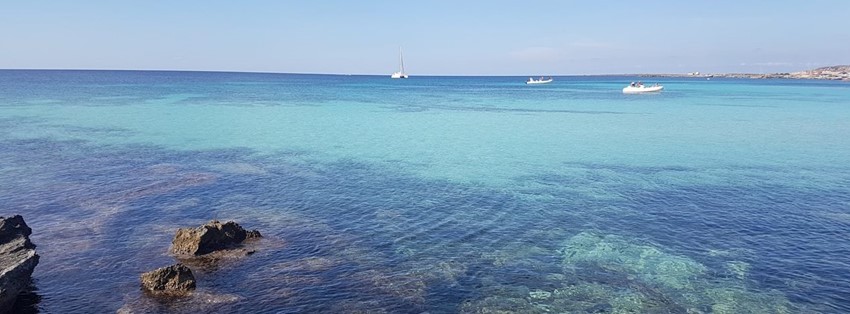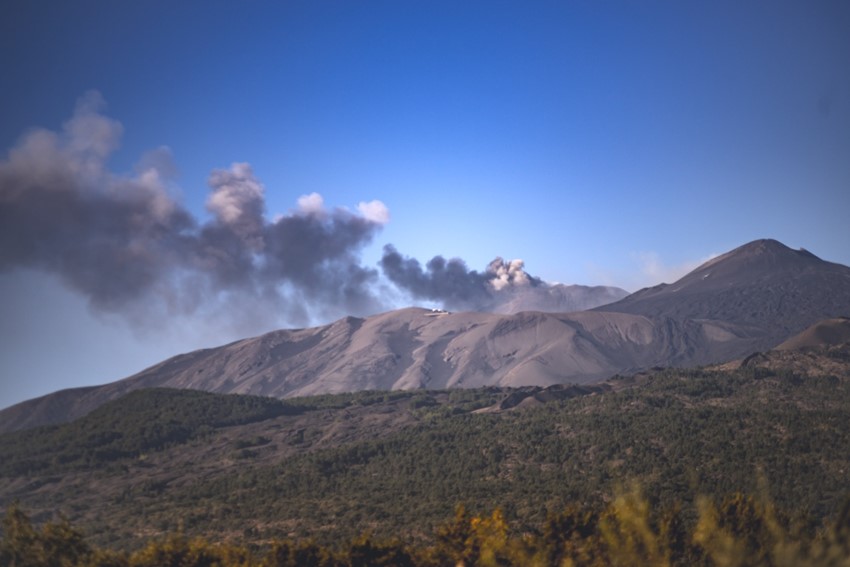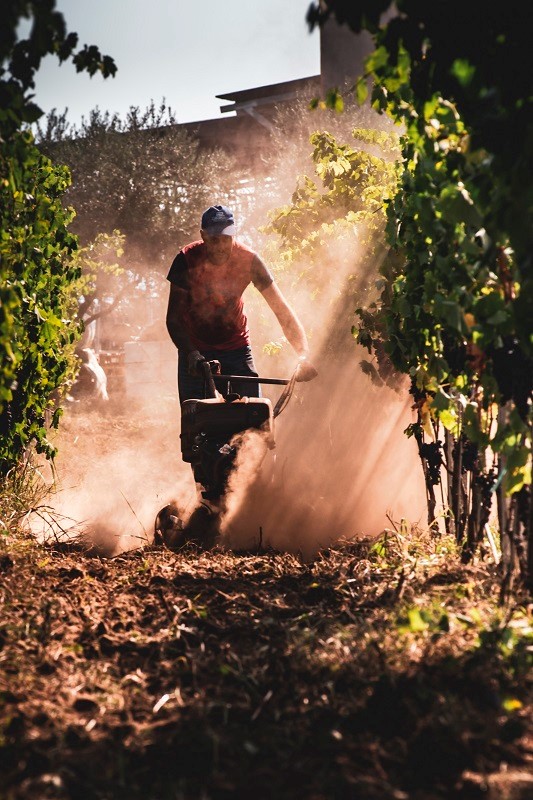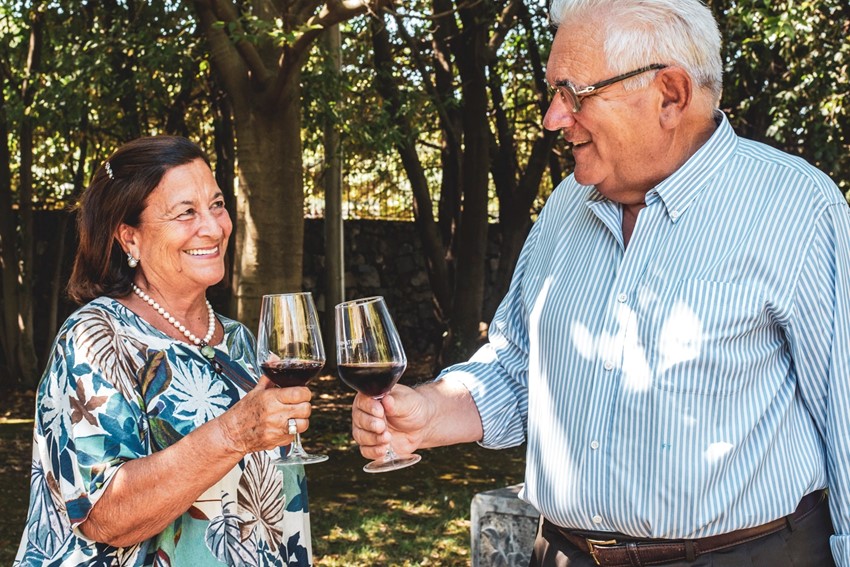Next up in our ‘Discover’ series, we head to the epicentre of the Mediterranean, where beautiful beaches, delicious food and wine, and a dramatic volcano is at the order of the day. Get ready to discover Italy’s southernmost region, the island of Sicily.

As the largest and one of the most densely populated islands in the Mediterranean Sea, Sicily is separated from the mainland by only 3km, at the Strait of Messina. Its central location has made it a crossroads of history and a melting pot of ethnic groups and cultural influences.
It became the first Roman province back in the 3rd Century BC. Occupations then followed by the Byzantines, Ostrogoths, Arabs, Normans and Bourbons, until in 1860 it was liberated from the Bourbons, and incorporated into the united kingdom of Italy, gaining regional autonomy in 1947.
Volcano!
Sicily is arguably best known for its Mount Etna volcano – with its last eruption as recent as August 2021. Locally called "Mongibello", Mount Etna is Europe's largest and most active volcano. Its frequent eruptions are often accompanied by large lava flows, but rarely pose danger to inhabited areas.

The island is mostly mountainous, with the only wide valley the fertile plain of Catania in the east. Blessed with consistently bright sunshine and reliably moderate rainfall, Sicily is a holidaymaker’s paradise – complete with snow-capped mountains and endless stretches of beach and ocean.
With its classic Mediterranean climate, the region is mainly agricultural – growing everything from wine grapes, olives and almonds, to wheat, corn and barley. Cattle, mules, donkeys and sheep are also raised, and salt is extracted in some areas.
Food, glorious food
As the cradle of the Mediterranean diet, there is plenty to choose from – not least the incredible fresh produce, like almonds, juicy red oranges, pistachios and a range of ancient grains.
Using the local almonds, they produce milk, pastas (soft pastries) and Martorana Fruit, which are beautiful pastry shop creations. Among other desserts, they pride themselves on the Cannolo and Cassata, using local ricotta, as well as Sicilian-style Granita – which is creamy instead of icy – served with the fragrant brioche Tuppo.
On the savoury side, look out for the best of Sicilian street food with their Arancino, or the many fish and vegetable dishes like Caponata and Parmigiana, and not forgetting the Pasta alla Norma (tomato sauce and fried aubergines). Add to that meat from local farms, and you’ll never want to eat anywhere else again!
Island wine
Once famous for sweet Muscats and fortified Marsala, Sicily now offers some of the most exciting and great value wines around!
The warm, dry climate means that mildews and rots are kept to a minimum, particularly in well-ventilated areas that benefit from coastal breezes, allowing much of Sicily’s wine to be produced organically. Many of its best-known wines are produced under the regional IGT Terre Siciliane, or Sicilia DOC.

From mineral-rich, dark soils on the slopes of Mount Etna, to the lower slopes and coastal plains, there is a wide range of terroirs, producing a variety of styles. Nero d’Avola and Catarratto are the most important native grapes, followed by the likes of Grillo and Inzolia. Also look out for Grecanico, Frappato and siblings Nerello Mascalese and Nerello Cappuccio.
Meet Tornatore
One of the largest – and oldest – producers in the region, Tornatore owns 46ha of vineyards on the north side of Mount Etna. Established in 1865, the estate is still owned by the same family: Francesco Tornatore and Nina Puglisi.

Tornatore owners, Francesco Tornatore and Nina Puglisi
Export manager Nawal Bouselham explains that the Etna soils are rich in minerals like magnesium, potassium, iron and copper, but poor in calcium. “This material gives minerality and sapidity to the wines, resulting in really elegant wines with a lot of personality,” she says. But while heavily influenced by the volcanic soils, these vineyards are also grown in a very distinct location: “We are 15 km from the sea, with winds blowing saltiness onto the grapes, while we have a special microclimate, at 800m above sea level,” says Nawal.
With a focus on native grapes Nerello Mascalese, Nerello Cappuccio, Carricante and Catarratto, their winemaking style is more modern in approach, with lower alcohol and more emphasis on fruit. These wines have quickly become some of our favourites, and they offer incredible complexity and intrigue at a very affordable price. Sustainability is at the heart of operations, and Tornatore has recently obtained their VIVA certification, awarding producers with a concrete commitment to sustainable development.




